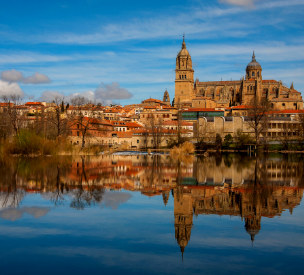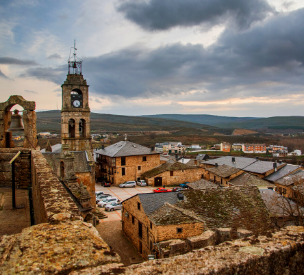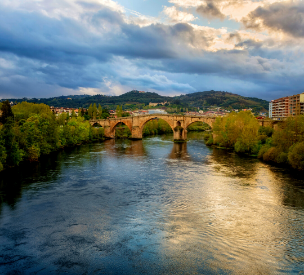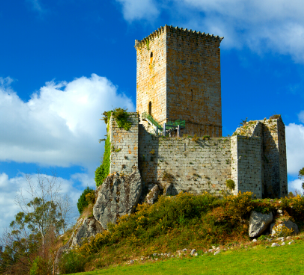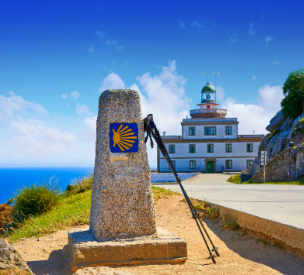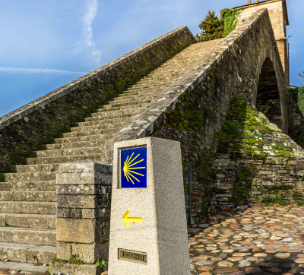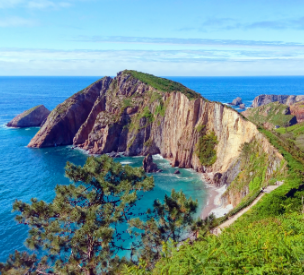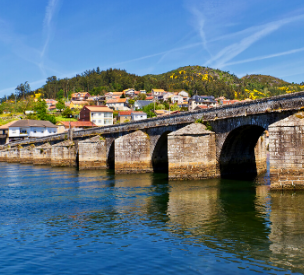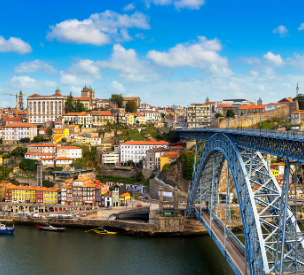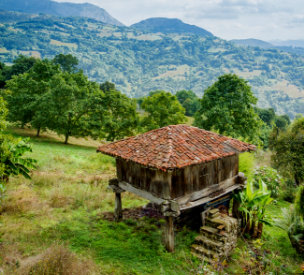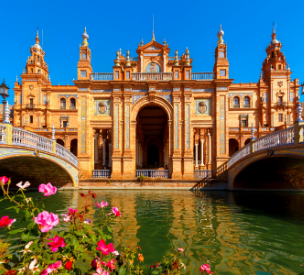Sanabrian Way
13 stages | 365 km
The most fascinating and unknown route of the Camino de Santiago
The Sanabrian Way is a part of the Silver Route that links Granja de Moreruela with Santiago de Compostela, passing through Puebla de Sanabria until it enters the interior of the province of Ourense. An uncrowded path perfect for those who wish to get away from the hustle and bustle of the other routes.
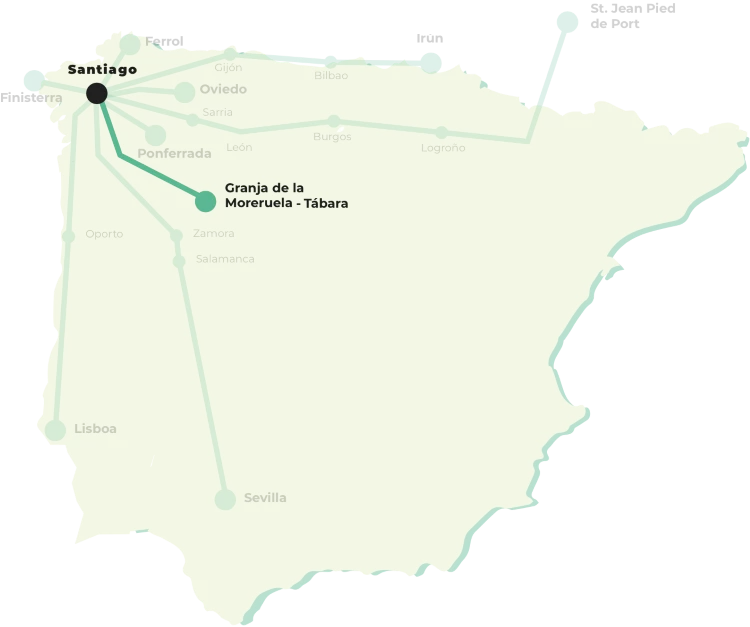
The Sanabrian Way Routes of The Camino de Santiago
Information about the Sanabrian Way
The Sanabrés Way
Although the Sanabrés Way is a continuation of the Silver Route, nowadays we can consider it as a Way on its own. A fascinating route due to the enviable natural environment, full of contrasts and bucolic landscapes, with mild temperatures in spring and autumn. A solitary path, far from the overcrowding and the incessant rattling of pilgrims on other routes. It could be said that the Sanabria route still preserves the Jacobean essence that some pilgrims on the Camino de Santiago seek so much. Nowadays, although it has fewer services than other routes, it has enough hostels and is very well signposted.
The French Way
- Monastery of Santa María de Moreruela
- Romanesque Monastery Santa Marta de Tera
- Castle of the Counts of Benavente – Puebla de Sanabria
- Historic-artistic site of the city of Ourense
- Monastery of Oseira – Cea
- Santa Cruz de Rivadulla Manor House
- Gundián Bridge
- Cathedral of Santiago de Compostela
Where to start the Sanabrian Way?
From Granja de Moreruela
The Sanabrés Way starts in the Zamora town of Granja de Moreruela, leaving the Silver Route for good until it reaches Santiago de Compostela. It is divided into 13 stages that extend for about 370 km (through the variant of Laza), and crosses part of the Castilian plateau to get into mountainous terrain typical of the Galician orography.
From Ourense
However, if you do not have enough time to do the complete route, you can start from Ourense, with a total of 110 kilometers to Santiago de Compostela. This last stretch can be done in 5 stages that can be completed in just one week.
Map Sanabrian Way
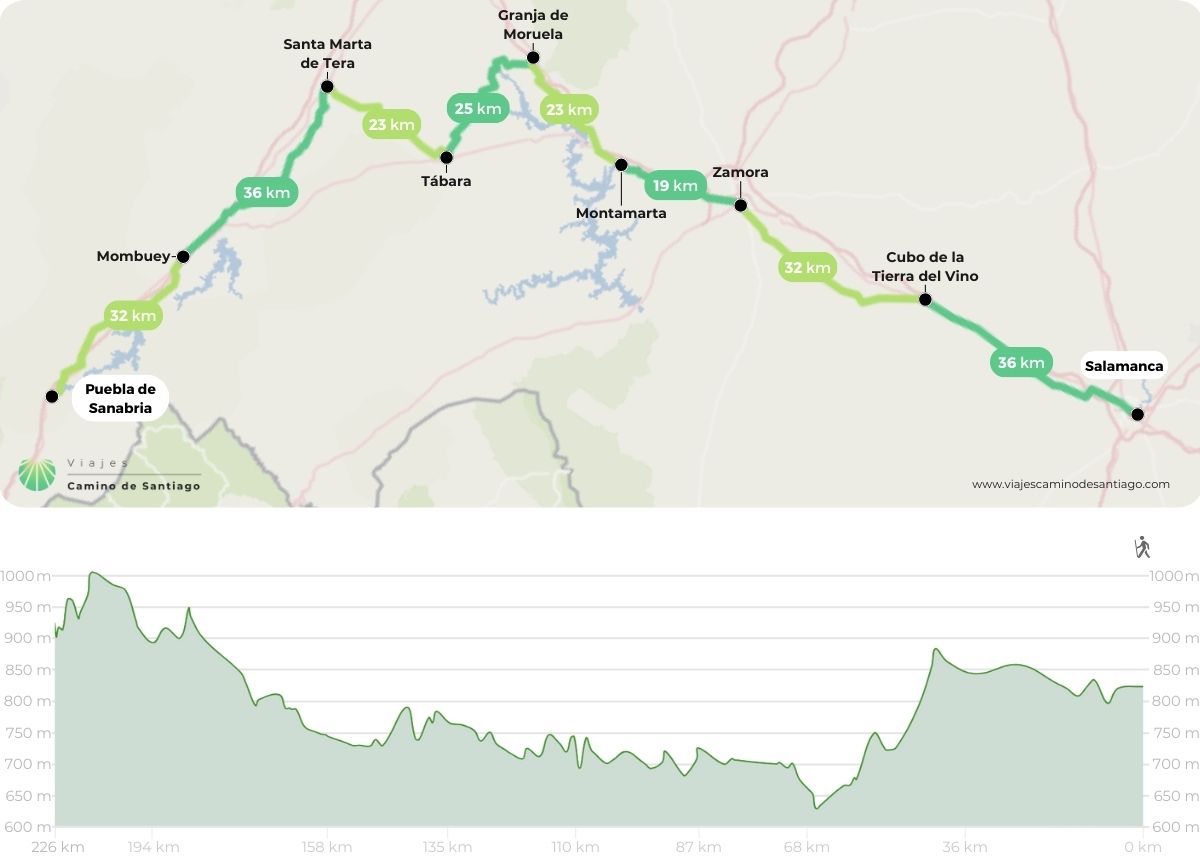
Stages of the Way of Santiago in Sanabria
History of the Sanabrian Route
The origin of the Sanabrés itinerary is closely linked to the Vía de la Plata, which originated from the south of Spain, along with a series of small pilgrimages leading to a dense network of monasteries. These monasteries were established based on the Mozarabic repopulation and were located in the province of Zamora, right at the beginning of the Camino Sanabrés.
A few kilometers from Granja de Moreruela, the starting point of this route, stands the Cistercian monastery of Santa María de Moreruela, the oldest in Spain. Known until 1163 as Santiago de Moreruela, its remains still feature the Pilgrim’s Door and Fountain. 25 km away, in Tábara, once stood the Mozarabic monastery of San Salvador. Similarly, in Santa Marta de Tera, a town that emerged from the abbey of Santa Marta de Riba de Tera, pilgrims found hospitality. In Rionegro del Puente, at the foot of the sanctuary of Virgen de la Caraballeda, the Brotherhood of the Falifos was founded in the 14th century, a historic hospital institution that some scholars place among the first on the Pilgrim’s Way to Santiago de Compostela.
In San Martín de Castañeda, a village located on the Sanabria lake, the monastery of Santa María was constructed in the 10th century. In Galicia, next to the collegiate church of Santa María la Real de Xunqueira de Ambía, a pilgrims’ hospital once existed. Evidence also suggests the presence of several hospitals in Verín, Monterrei, Allariz, and Ourense. There is no doubt that an itinerary was established between all these religious centers, which, thanks to the hospitality offered, eventually evolved into another Camino de Santiago route.
However, the Sanabria route was not solely traversed by the faithful and devotees. Many travelers utilized this road to connect remote places in the center of the peninsula with the north of Spain. The roads were employed as royal cattle trails and routes for merchants from across the country. Galician farmers also utilized this route to journey to Castile during the harvest season, making use of its hospitals, inns, temples, and monasteries.

